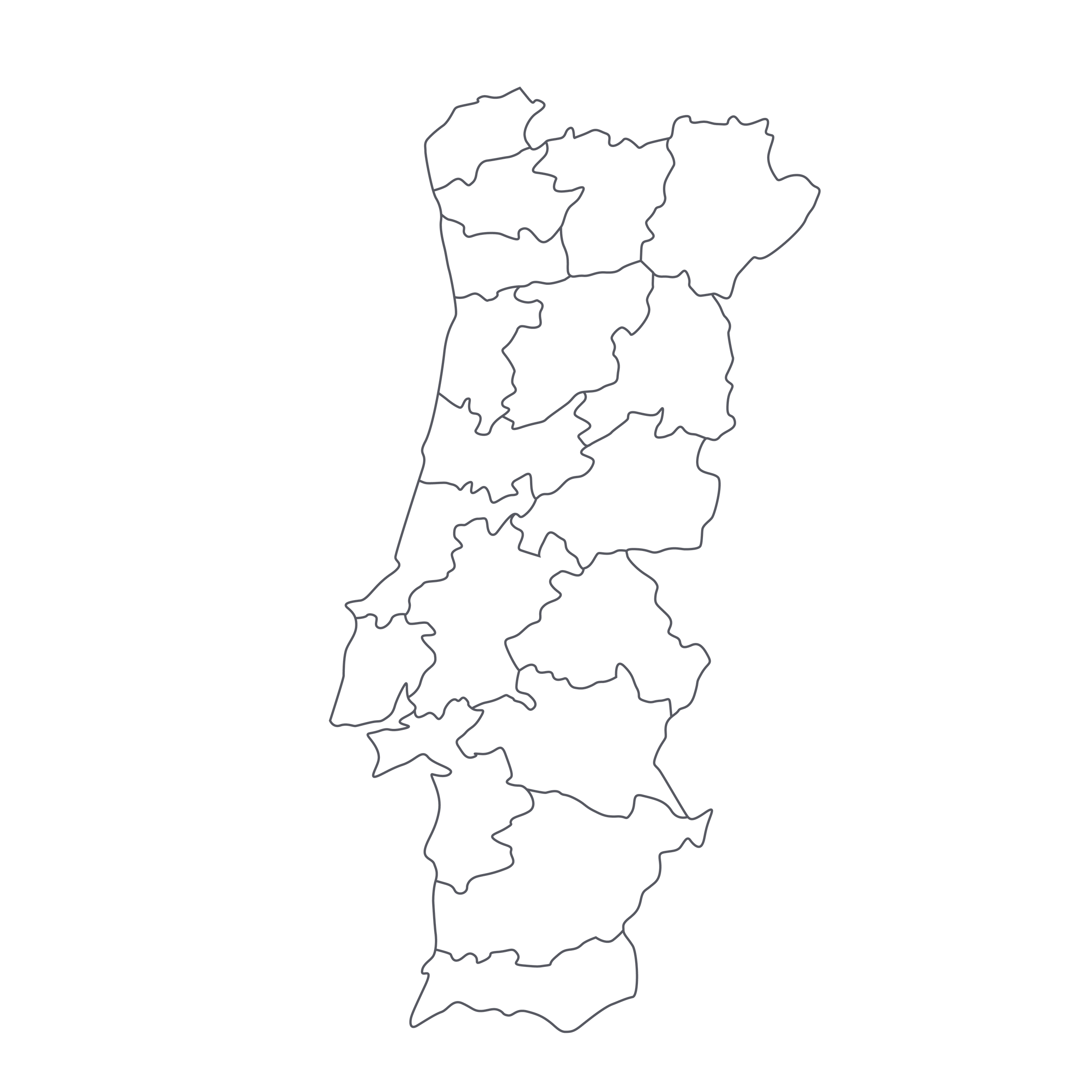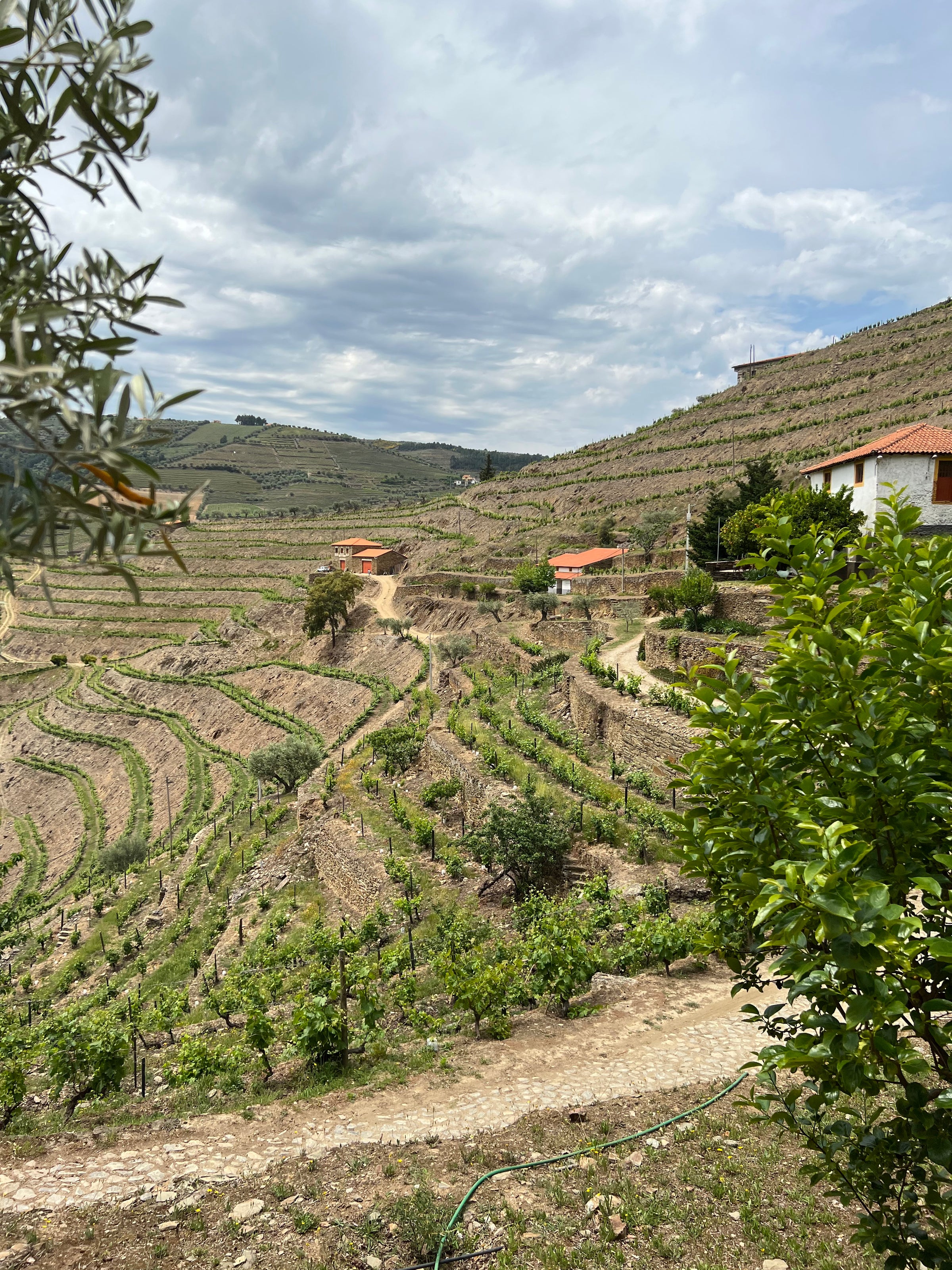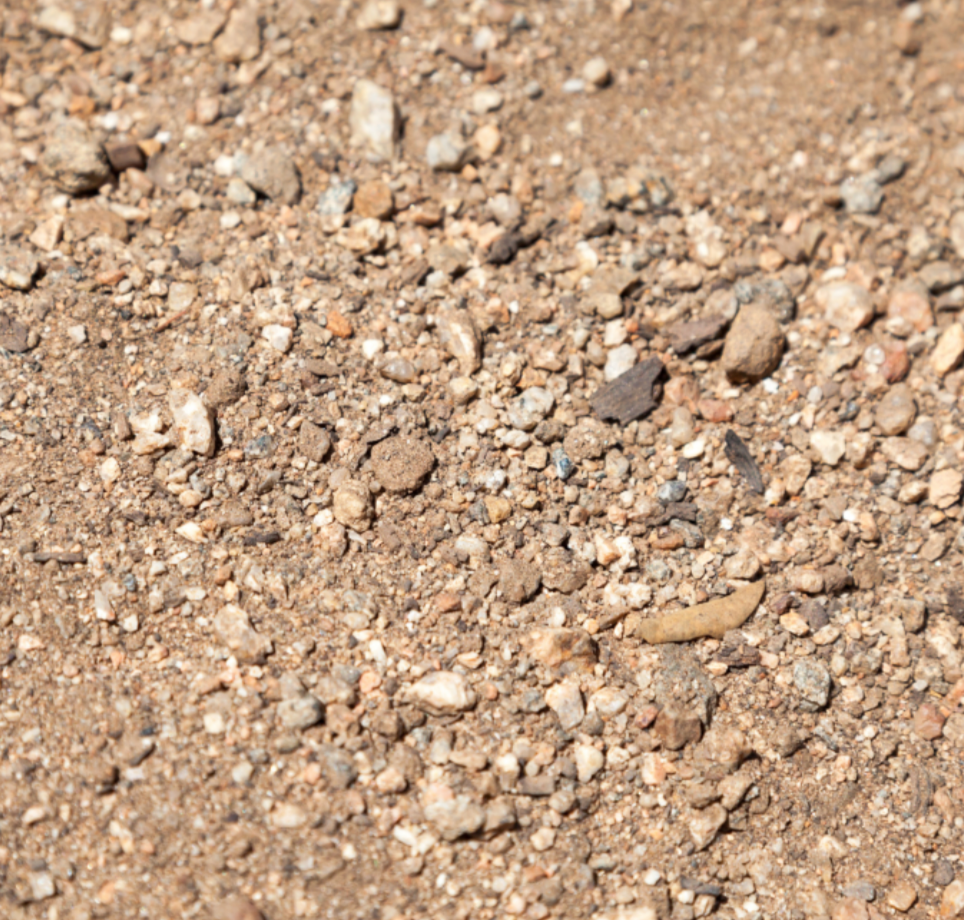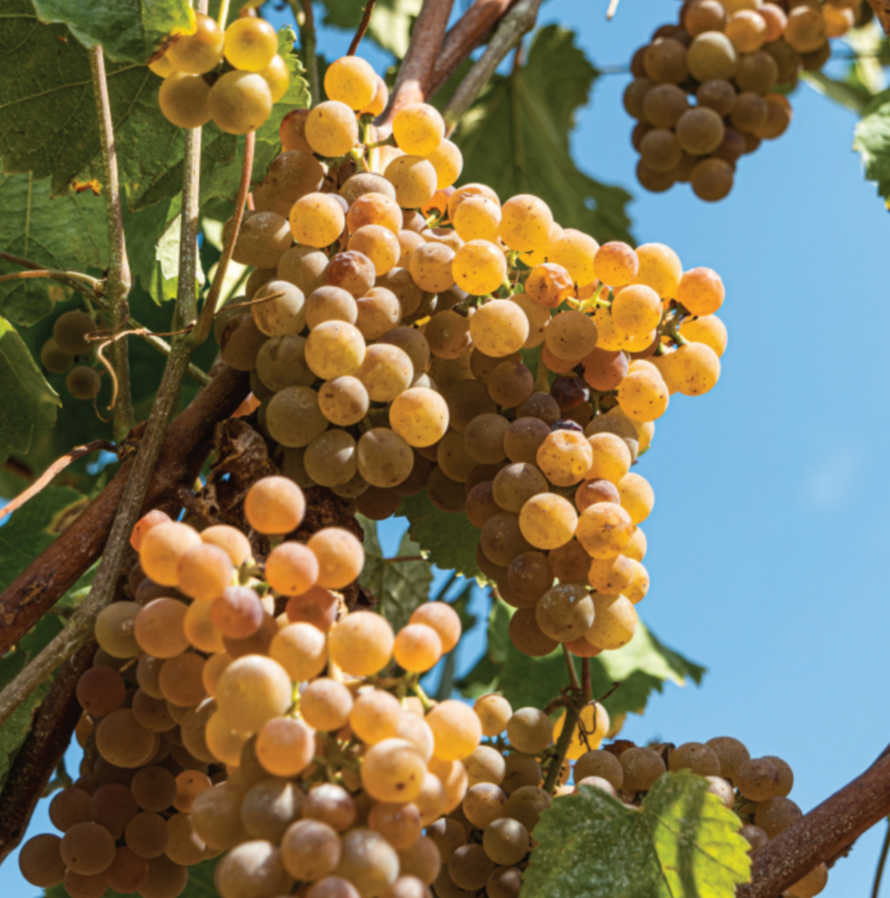Baga is one of those unique varietals that has remained a well-guarded secret by those in the know. Although lesser-known and still an underground grape, top examples are already quite pricey. Predominantly known as a grape that hails from Bairrada DOC within the Beira Atlântico region, Baga is believed to have been planted in Portugal by the Phoenicians and is a bit more rustic from the more famous Bairrada appellation. This example hails from the Beira Atlântico VR (Vinho Regional), or region, but its source is located further south in the breathtaking mountains of the Lousã commune, which is a short drive from the coastal city of Coimbra and about two hours from Lisbon. Coimbra was actually the capital city of what is now Portugal when the Romans occupied; a Roman road still makes its way through these historic vineyards. Following Roman occupation, the area was then under Arab occupation and it was during this time, in the twelfth century, that the Arab King Arunce built a castle amidst the mountains in Lousã, which still stands today. As a matter of fact, the estate was the actual site of the 1811 Napoleonic Battle of Foz de Arouce, which takes its name from the Arab King’s estate. Today, the fourth Count of Arouce, João Filipe Osorio, lives nearby in his sixteenth century home and continues to oversee operations for this unique winemaking historic estate.
The epitome of unique terroir, there is not another vineyard within a 50-mile radius of this legendary estate. Rooted in schist, alluvial soils at an altitude of 660-825 feet with northeastern exposure, the Quinta de Foz de Arouce vineyard enjoys more coastal influence and higher elevation than the vineyards of Bairrada. Crafted from 85% Baga and 15% Touriga Nacional, this wine is fermented in climate-controlled stainless steel then is aged for eight months in 1-2 year old 300-liter French oak before bottling. The wine spends another six months in bottle prior to release. The result is simply a mind-blowing, terroir-driven example of Baga that delivers the elegance of Burgundy, the soft yet persistent tannins of Piedmont and the inimitable essence of the Portuguese mountains – all for under $30 a bottle.
This wine displays a garnet red core that moves to orange and light ruby reflections on the rim. The perfumed, floral nose is driven by aromas of wet and dried wildflowers and wild dried sage woven into redcurrant, dried cherry, salted preserved red plums, hibiscus, orange peel, dried leather, tobacco leaf, wet leaves, tree moss, a kiss of tomato leaf and subtle crushed black stones. The medium-bodied palate boasts delicate yet persistent tannins akin to a cross between Burgundy and Nebbiolo. Simultaneously rich with fruit and savory, with complex layers of flavor reminiscent of the nose, this wine boasts additional layers of sour cherry, redcurrant, wet leaves, rose petals, tobacco and tea leaves, which evolves into a profound, lingering finish. Ideally decant this wine for 30 minutes and serve in a Burgundy stem (Bordeaux is ok also), just above cellar temperature (60-65F). For an authentic Portuguese feast, try this
recipe for Vina Dosh Pork.





